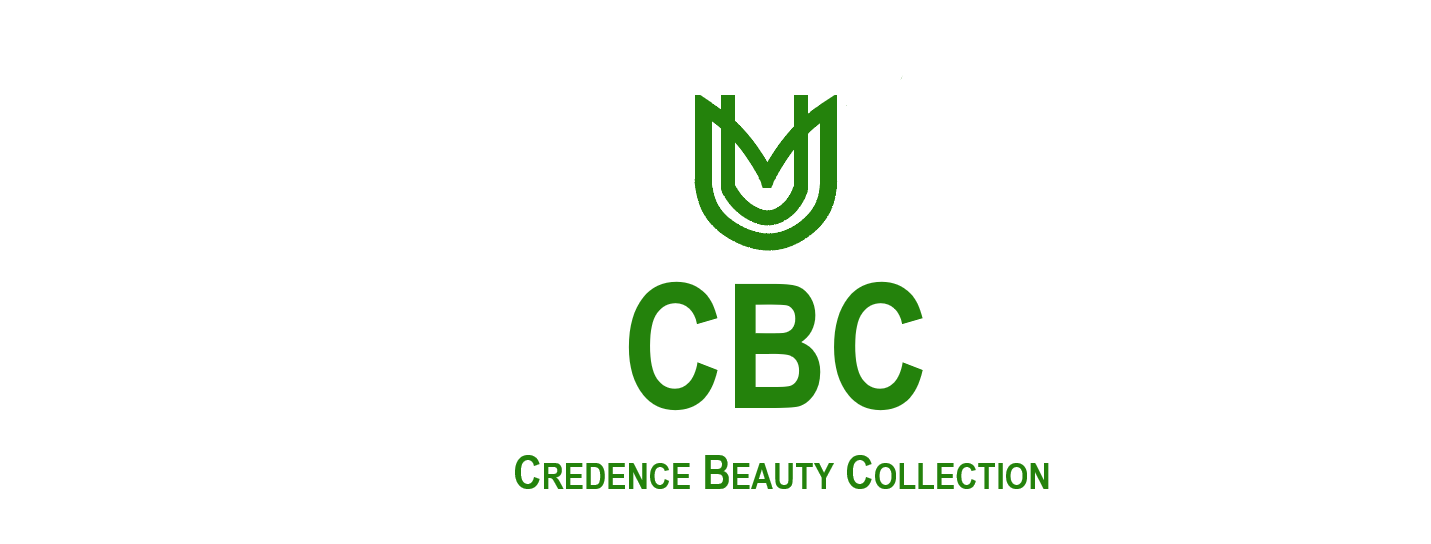Haircare has been an integral part of human culture for thousands of years, with ancient civilizations developing unique techniques and products to style, clean, and protect their locks. From ancient Egypt to modern times, the history of haircare is a fascinating story of innovation, cultural exchange, and self-expression.
Ancient Civilizations (3000 BCE – 500 CE)
- Ancient Egypt: Egyptians used coconut oil, beeswax, and perfumes to style and fragrance their hair. They also used henna to dye their hair and adorn themselves with intricate hairstyles.
- Ancient Greece and Rome: Greeks and Romans used olive oil, herbs, and flowers to clean and fragrance their hair. They also developed techniques like braiding and styling with gold and jewels.
- Ancient Africa: In Africa, haircare was a communal activity, with families sharing techniques and products. They used natural ingredients like shea butter, coconut oil, and plant extracts to moisturize and style their hair.
Middle Ages (500 – 1500 CE)
During the Middle Ages, haircare was often associated with social status. Long hair was a symbol of beauty and wealth, while short hair was reserved for the lower classes. Haircare products were often homemade, using ingredients like lard, olive oil, and herbs.
Renaissance to Industrial Revolution (1500 – 1800 CE)
- Wigs and Powders: In the 17th and 18th centuries, wigs became popular among the aristocracy. Hair powders, made from ingredients like zinc oxide and perfumes, were used to whiten and style wigs.
- Haircare Products: As trade and colonization increased, new ingredients like coconut oil, palm oil, and essential oils became available, leading to the development of new haircare products.
Modern Era (1800 – Present)
- Mass Production: The Industrial Revolution led to mass production of haircare products, making them more accessible to the general public.
- Synthetic Ingredients: The 20th century saw the introduction of synthetic ingredients like sulfates, silicones, and parabens, which became common in haircare products.
- Haircare Industry: Today, the haircare industry is a multi-billion-dollar market, with a wide range of products catering to diverse hair types, textures, and styles.
Key Milestones
- 1900s: The invention of the hair dryer revolutionized hair styling.
- 1950s: Hairspray became popular, allowing for longer-lasting styles.
- 1980s: The rise of the haircare industry led to increased focus on hair health and protection.
Cultural Significance
Haircare has played a significant role in shaping cultural identity, self-expression, and social status. From traditional African braiding to modern hairstyles, haircare has been a means of artistic expression, cultural connection, and personal empowerment.
Conclusion
The history of haircare is a rich and fascinating story, reflecting the cultural, social, and economic contexts of different eras. From ancient civilizations to modern times, haircare has evolved significantly, shaped by innovation, cultural exchange, and self-expression. As the haircare industry continues to grow and evolve, it’s essential to appreciate its rich history and cultural significance.
Meta AI response: The Evolution of Haircare: A Journey Through Time Haircare has been an integral part of human culture for thousands of years, with ancient civilizations developing unique techniques and products to style, clean, and protect their locks. From ancient Egypt to modern times, the history of haircare is a fascinating story of innovation, cultural exchange, and self-expression. Ancient Civilizations (3000 BCE – 500 CE) Ancient Egypt: Egyptians used coconut oil, beeswax, and perfumes to style and fragrance their hair. They also used henna to dye their hair and adorn themselves with intricate hairstyles. Ancient Greece and Rome: Greeks and Romans used olive oil, herbs, and flowers to clean and fragrance their hair. They also developed techniques like braiding and styling with gold and jewels. Ancient Africa: In Africa, haircare was a communal activity, with families sharing techniques and products. They used natural ingredients like shea butter, coconut oil, and plant extracts to moisturize and style their hair. Middle Ages (500 – 1500 CE) During the Middle Ages, haircare was often associated with social status. Long hair was a symbol of beauty and wealth, while short hair was reserved for the lower classes. Haircare products were often homemade, using ingredients like lard, olive oil, and herbs. Renaissance to Industrial Revolution (1500 – 1800 CE) Wigs and Powders: In the 17th and 18th centuries, wigs became popular among the aristocracy. Hair powders, made from ingredients like zinc oxide and perfumes, were used to whiten and style wigs. Haircare Products: As trade and colonization increased, new ingredients like coconut oil, palm oil, and essential oils became available, leading to the development of new haircare products. Modern Era (1800 – Present) Mass Production: The Industrial Revolution led to mass production of haircare products, making them more accessible to the general public. Synthetic Ingredients: The 20th century saw the introduction of synthetic ingredients like sulfates, silicones, and parabens, which became common in haircare products. Haircare Industry: Today, the haircare industry is a multi-billion-dollar market, with a wide range of products catering to diverse hair types, textures, and styles. Key Milestones 1900s: The invention of the hair dryer revolutionized hair styling. 1950s: Hairspray became popular, allowing for longer-lasting styles. 1980s: The rise of the haircare industry led to increased focus on hair health and protection. Cultural Significance Haircare has played a significant role in shaping cultural identity, self-expression, and social status. From traditional African braiding to modern hairstyles, haircare has been a means of artistic expression, cultural connection, and personal empowerment. Conclusion The history of haircare is a rich and fascinating story, reflecting the cultural, social, and economic contexts of different eras. From ancient civilizations to modern times, haircare has evolved significantly, shaped by innovation, cultural exchange, and self-expression. As the haircare industry continues to grow and evolve, it’s essential to appreciate its rich history and cultural significance.



